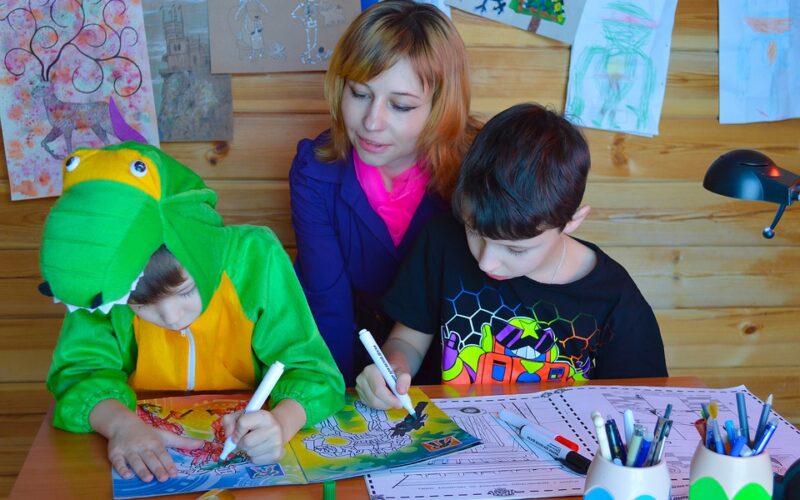Illness and war were fairly consistent events years ago, and children were often left without parents. Even if they had a parent, the ability to support them might have been lacking. Rather than turning them out to starve, many neighbours or local authorities would bring them to the local religious organization. They would be given food, clothing, a place to stay, and training and apprenticeships in many facets of the local economy were also available.
Religious organizations today accept cash donations, but that has not always been true in the past. A farmer might send a portion of the year’s crops to the local church, and a blacksmith might be responsible for shoeing horses or fixing wagons. Fisherman and ranchers would donate their share through their catch or livestock. All of these were ways to support the church, and someone had to deal with storing and processing the food.
Young children were often taken in as acolytes, and they began their training. Simple tasks such as feeding livestock might be given to the youngest children. Those who were older could be expected to clean out stalls, help cook and preserve produce, and they might even learn to butcher animals for meals. All of this training was part of their first years with the church, and some ended their days many decades in the future in the same positions.
A quick set of wits, a driving ambition, and the ability to learn were sought by those in charge of any church. They were looking for acolytes trainable in the role of priests and possibly other higher offices. Teaching this group of children to read, write, perform mathematical operations, understand history, and even the role of the church were all included in their education. It was a way for orphans to succeed in a world where access to education was severely limited yet priceless.


















